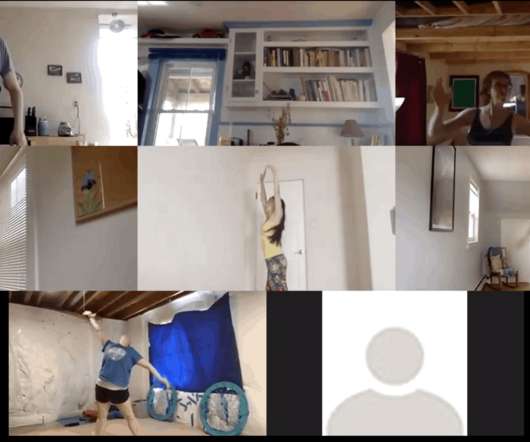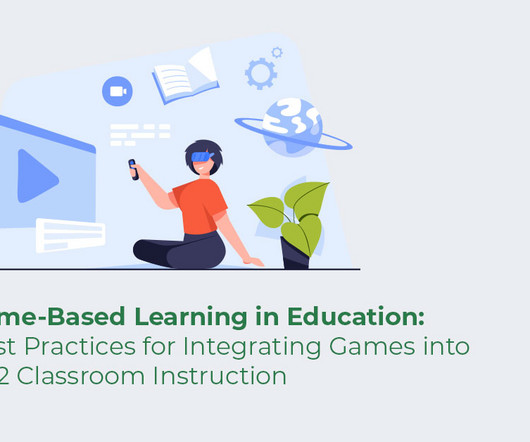X-based learning: sorting out pedagogies and design
Clark Quinn
APRIL 12, 2012
This fits within active learning , arguably, in that there’s a desire for the learner to be actually doing something as the basis of learning, though the types of classroom activities of debates and discussions seem not as powerful as others cited below. This seems very similar to the MOOC approach of Siemens & Downes.















































Let's personalize your content